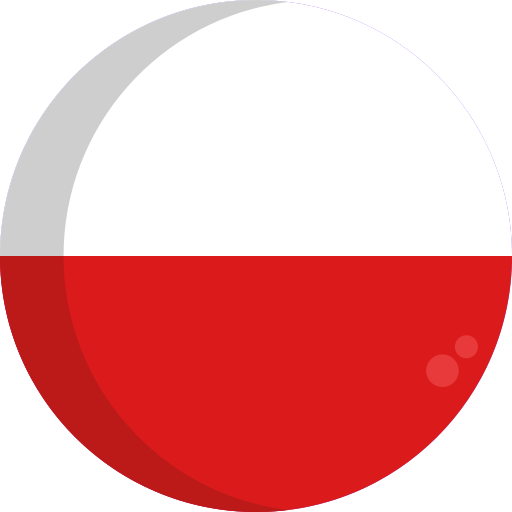The European Ceramic Society
Laboratory sheet

Poland
Department of Ceramics - PROTONS IN SOLIDS GROUP - PIS
The synthesis, processing, and characterization of conducting ceramics for energy and electrochemical applications
Director : Prof. DSc. Eng. Maria GAZDA
Email : margazda@pg.edu.pl
Phone : +48 58 3486615
Address : Gdaosk University of Technology, Faculty of Applied Physics and Mathematics Department of Ceramics 11/12 Narutowicza St., 80-233 Gdaosk
Website : https://ftims.pg.edu.pl/
Research topics :
- Ionic, electronic and mixed conducting ceramics with a special focus on proton-conducting ceramics: preparation and structural characterization
Contact information:
Contact name: Prof. DSc. Eng. Maria GAZDA
Tel : +48 58 348 6615
Email: margazda@pg.edu.pl
- Characterisation of thermal properties of ceramics, glasses and polymers by the means of thermal analysis methods with a special focus on oxidation and hydration thermodynamics
Contact information:
Contact name: Dr. Eng. Aleksandra MIELEWCZYK-GRYO
Tel : +48 58 3486619
Email: alegryn@pg.edu.pl
- Processing of conducting ceramics for proton conducting solid oxide fuel cells, with a special focus on electrode materials. Developing of 3D printing of ceramics for electrochemical devices
Contact information:
Contact name : Dr. Eng Sebastian WACHOWSKI
Tel : +48 888 169 159
Email: sebastian.wachowski@pg.edu.pl
- Characterisation of electrical properties of conducting ceramics, with a special focus on mixed electronic-ionic conductors; applications of modified Hebb-Wagner and electrical conductivity relaxation methods for triple conducting ceramics
Contact information:
Contact name: Dr. Eng. Tadeusz MIRUSZEWSKI
Tel : +48 58 3486612
Email: tadeusz.miruszewski@pg.edu.pl
Exceptional facilities :
- 3D printer for printing ceramics, specifications:
- Primary printing head inFused Deposition Modelling technology – uses ceramic powder dispersed in a solidified polymer;
- Secondary gel-based printing head – uses ceramic powder dispersed in a polymer gel, a minimum size of the gel droplet 0,03 µL!;
- Single mode IR laser for in situ heat treatment and sintering (under development);
- Halogen lamp heater with focusing lens system for in situ heat treatment and sintering (under development);
- Extruder for preparation of filament with ceramic loading;
- Gel preparation equipment;
- Post-printing ex-situ heat treatment equipment (up to 1500°C, also in controlled atmosphere);
- 3D printing with stereolitography (under development);
- EIS and DC conductivity systems with temperature and atmosphere control (dry and wet atmosphere with possibilities of pO2 compensation in we air);
- Simultaneous thermal analyzer (Nestzch STA 449 F1 )with capabilities of measurements with various gas partial pressures including varying water partial pressure;
- Sorption system (Quantachrome iQ Autosorb) allowing measurements of various gases sorption including water sorption studies at elevated temperatures (DSC Nestzch Phoenix).
Financial support programmes :
- European funding: M-era.net
- National fundings : the National Science Centre; the Ministry of Science and Higher Education Poland
Latest news
Next Deadline to apply to the JECS Trust for Mobility projects is 28th February 2026!
Please note that the decisions of the JECS Trust board will not be known before mid-April 2026. Activities submitted for the deadline of 28th February 2026 for support from the JECS Trust should then not begin before Mid-May 2026.
Obituary - Professor Athena Tsetsekou
The Greek Scientific Community mourns the loss of our dear colleague Professor Athena Tsetsekou (64), Professor at the National Technical University of Athens, at the School of Mining and Metallurgical Engineering, and President of the Hellenic Ceramic Society.
Information
Contact us for any information: info@ecers.org - We will respond to your inquiry as soon as possible.








